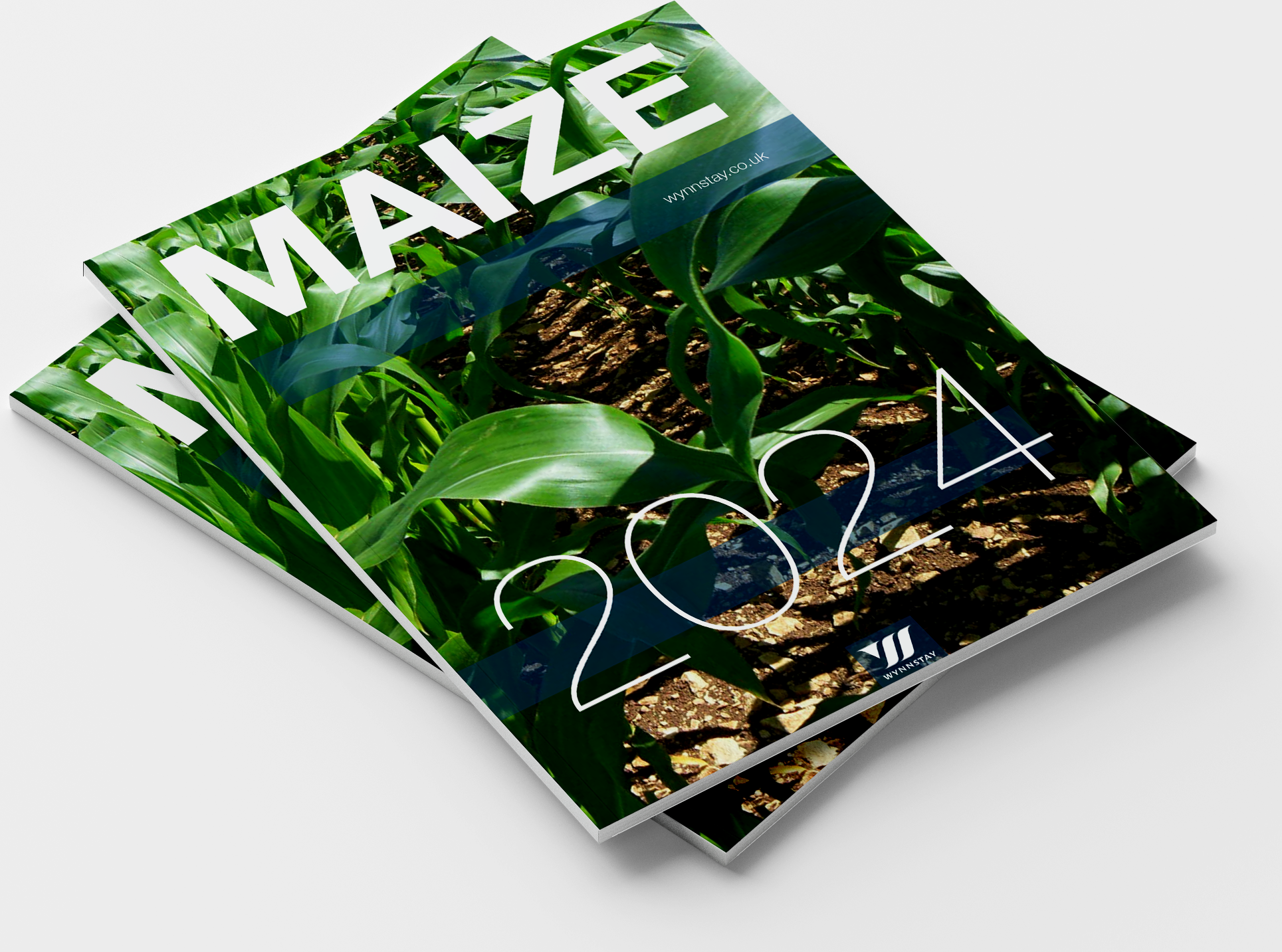How to prepare
Before getting started, clean out old silage. If you had a problem with mouldy silage the previous year, be particularly thorough with clamp hygiene.
Next, line the clamp walls with polythene sheeting – leaving a large overlap to ensure proper sealing with the top sheet. Thorough sheeting is vital to keep oxygen out of the clamp to avoid the conditions required by yeasts which cause aerobic spoilage (characterised by heating) to grow. It is important to take steps to prevent them from becoming established at every stage of silage making, otherwise, they will continue growing and cause major problems later.
Also, keep the area surrounding the clamp clean to avoid contamination by soil brought in by machinery. Soil introduces more spoilage organisms into the clamp.
Clamps need to be filled and sealed within 2 days of cutting to get the fermentation process started and to minimise air exposure.
Read more: What is aerobic spoilage and how can we minimise it?
Consolidation
Filling the clamp evenly in thin layers of 15 cm depth will help with consolidation, since this is the maximum depth that can be compressed effectively.
Use single-wheeled packers and roll continuously for increased packing pressure. And make sure packers can keep up with the speed of arrival of new loads into the clamp. Don’t compromise consolidation because this is essential for preventing air ingress.
Sheeting
To help keep clamps airtight, seriously consider an oxygen barrier film if you don’t already use one. Over the top of the oxygen barrier film use two 500-gauge polythene sheets. The bottom layer should be a new sheet but the top could be recycled from the previous year’s clamp. Alternatively, a single 1000-gauge sheet could be used.
After pulling sheets tight, weigh down with heavy woven sheets and sand or gravel bags. Touching tyres can be used as alternatives. Finally, use netting over the top to stop birds pecking through the sheets, and bait to ensure you keep rodents at bay.
Feeding Maize
Face care
Whilst exposure to air cannot be avoided when feeding out, a block cutter or shear grab will help to keep the face tidy and minimise waste.
To minimise aerobic spoilage, the clamp face should be moved back quickly at feed out – at a minimum of 1 metre per week in cooler seasons, and more in the summer. Aim to move rapidly across the face and use narrow clamps wherever possible. Consider dividing wider clamps into two. To prevent mould, never leave the sheet hanging over the face, since this creates a microclimate that encourages mould growth. Cut or roll the sheet back as you progress through the clamp, keeping weights on the front edge.
Silage that falls off the face should also be cleaned up since mould spores can blow up and contaminate the Clamp.
Read more: Top tips to minimise losses during clamp filling and storage
TMR
Once out of the clamp, maize silage being fed as part of a total mixed ration (TMR) may benefit from using an additive with yeast and mould inhibiting components at feed out to combat spoilage and keep it fresh.
Read more: Why is maize an attractive forage option for 2022?
After sealing maize in the clamp, leave for the required amount of time (at least three weeks) before opening so that it has time to consolidate fully and stabilise.













